You must have often come across monosodium glutamate in packaged foods and wondered what it is. What is monosodium glutamate made of? Is monosodium glutamate gluten free?
Monosodium glutamate is considered gluten free even though it may be made from wheat. However, the processing completely breaks down the gluten protein, making it safe for consumption.
I will talk more about monosodium glutamate and its gluten status, whether it’s celiac friendly or not, throughout this article. So let’s jump right in.
Table of Contents
Is Monosodium Glutamate Gluten Free?
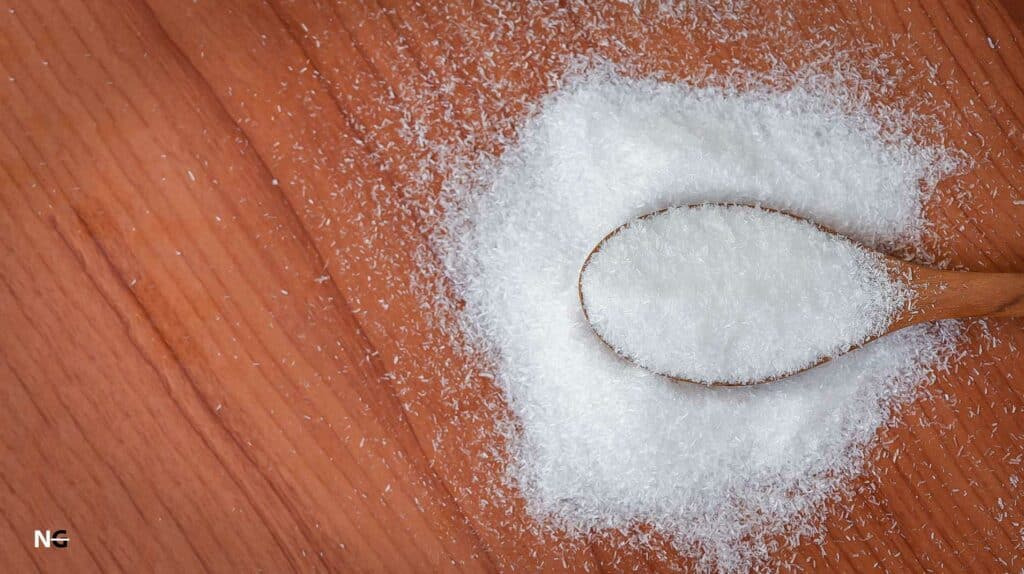
Monosodium glutamate (MSG) is gluten free. It’s a flavor enhancer used in processed food. The name glutamate is used to scare anyone dealing with gluten allergy since it sounds pretty similar to gluten or gluten-derived.
But monosodium glutamate does not contain gluten. Current manufacturers make monosodium glutamate from fermented molasses or sugar beets. It can also be made in laboratories from hydrogen, carbon, nitrogen, oxygen, and sodium.
But earlier, people used to make monosodium glutamate from wheat. Gluten is extremely high in glutamate, making it an excellent component for making the flavor enhancer. However, the gluten gets completely broken down in the manufacturing process, making it safe for people with gluten allergies.
However, the FDA has said that monosodium glutamate made with wheat should be labeled as containing wheat. However, if makers follow proper manufacturing procedures and the final product contains less than 20ppm gluten, they can declare it safe for celiacs.
So make sure to check the package label while buying MSG or processed food that contains MSG. Most MSG makers nowadays use molasses or beet sugar, so the chances of gluten contamination are quite low. You can even see monosodium glutamate in gluten free food’s ingredient list as well.
What Is Monosodium Glutamate? Where Is It Used?
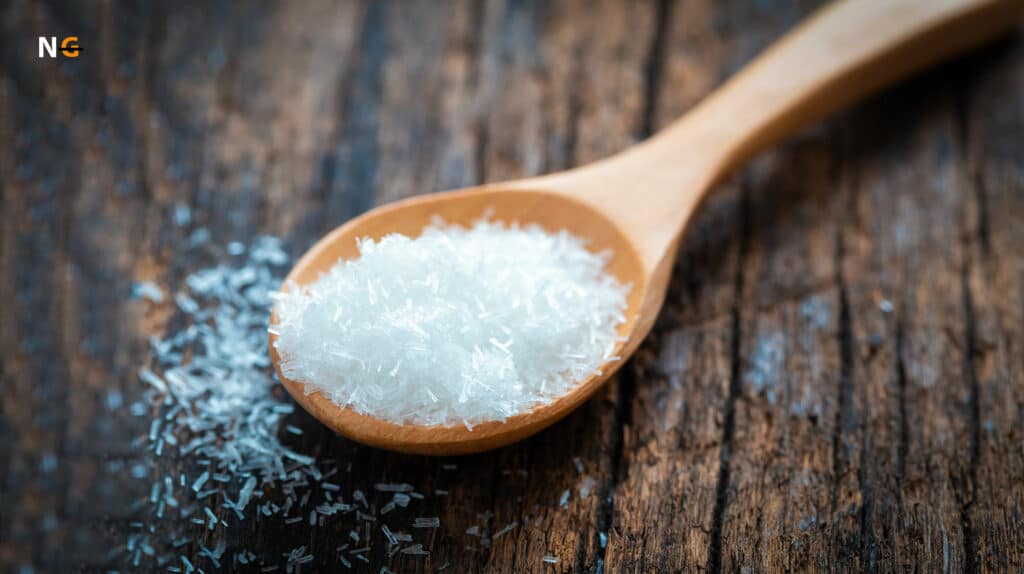
Monosodium glutamate is a flavor enhancer. It’s a common ingredient in canned food like canned vegetables, soups, processed meat, etc. MSG is also used in restaurants to make their recipes taste even better.
Monosodium is a form of salt. Glutamate, also known as glutamic acid, is a type of amino acid. MSG is a dominant ingredient in Chinese and Japanese cuisine, whether it is used in broths, gravies, meats, spice blends, sauces, and the list continues.
Surprisingly MSG is naturally present in parmesan cheese and tomatoes. No wonder these foods taste so amazing and work well in many dishes. MSG elicits a taste quite similar to umami but not exactly salt, sour or sweet.
This unique flavor makes monosodium glutamate a hero ingredient in numerous cuisines.
Is Monosodium Glutamate Unhealthy For You?
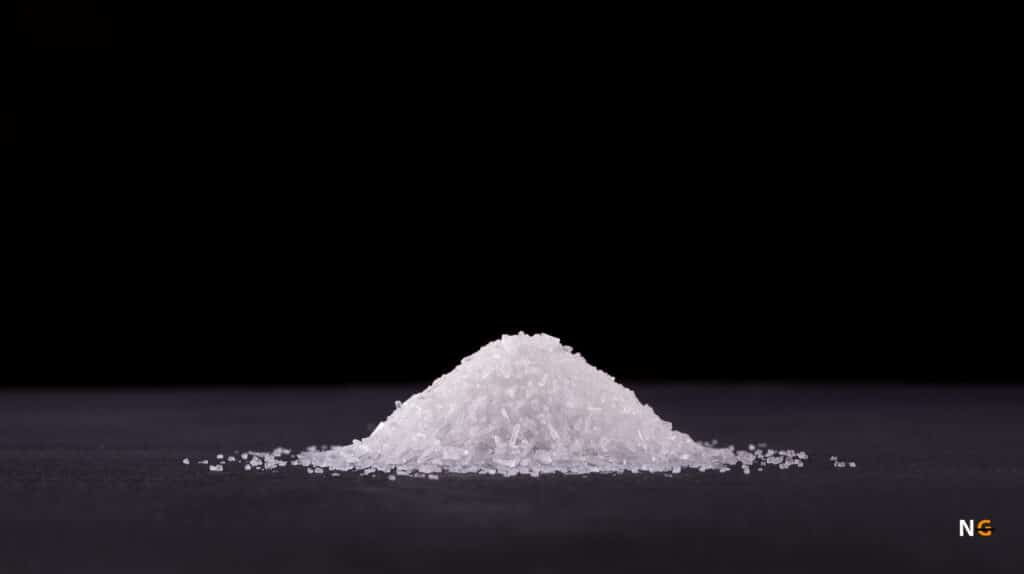
The debate about whether MSG is healthy or unhealthy has been going on forever. Some consider this food additive to be harmful, while others don’t. But what is the real truth?
The reports of MSG causing reactions like- headache, sweating, flushing, numbness, burning or tingling on the face, neck, and other areas, face pressure, weakness, chest pain, increased heart rate, nausea, etc., have been submitted to the FDA.
But researchers have not found any clear proof of MSG causing these allergic reactions; hence FDA declared it safe for consumption. However, producers have to include MSG in their ingredient list whenever used.
Some people might experience slight discomfort after eating MSG, but these don’t require any medical treatment. If you suffer from anything similar, just avoid consuming MSG containing food.
Is Monosodium Glutamate Vegan?
Monosodium glutamate is 100% vegan. The additive is made from fermented plants, so there are no animal proteins or animal derivatives. It’s also entirely free from dairy like- milk, egg, cream, etc.
Delicious Recipes Using Monosodium Glutamate
Now that you know MSG is a great flavor enhancer, it’s time to try some recipes with it. Mentioned below are two delicious gluten free recipes with monosodium glutamate that you must try.
1. Chicken Corn Soup
Ingredients
- 2 medium-sized chicken breasts (boneless, skinless, and cut into small pieces)
- 1 can of unsweetened corn
- 32 oz chicken stock
- 1 tsp sesame oil
- 1 pinch MSG
- 2 dashes of white pepper (some extra for serving)
- ½ tsp turmeric
- 2 tbsp cornstarch
- 2 tbsp water
- 4 whisked eggs
- Scallions for serving
Method
- Boil the chicken pieces until they are fully cooked. Remove from water and keep aside. Shred or mince the chicken pieces to add to the soup.
- Add chicken stock, canned corn, and chicken to a large pot and bring it to a boil. Add sesame oil, MSG, turmeric powder, and white pepper. Stir everything well.
- Mix cornstarch and water in a separate bowl. There should be no clumps. Add the cornstarch to the soup to thicken it.
- Turn the heat to medium and add the beaten eggs slowly to create wispy strands. Cook for a couple more minutes, and your hot, delicious chicken corn soup is ready. Serve hot and enjoy!
2. Grilled Mediterranean Marinated Chicken Breast
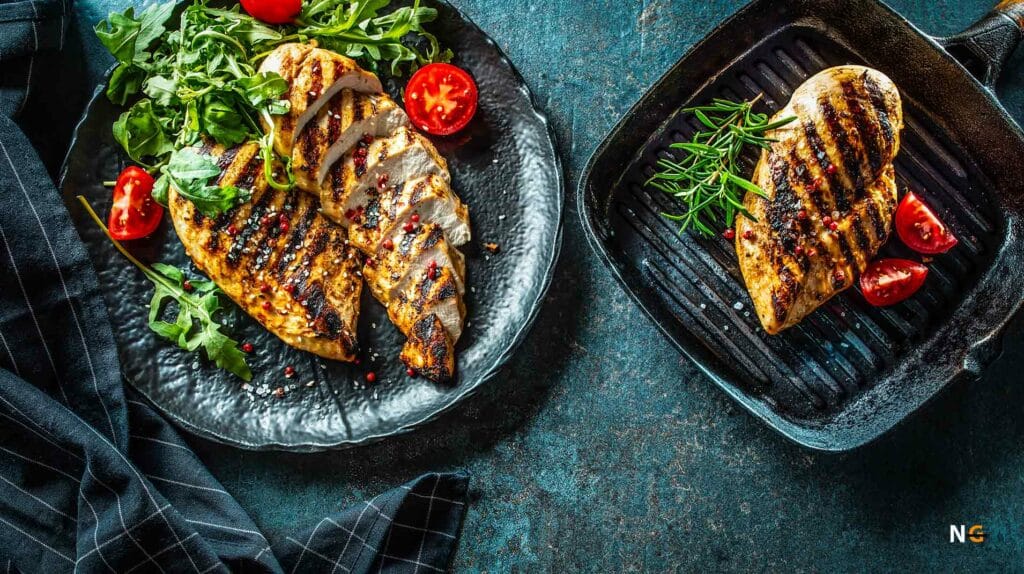
Ingredients
- 3 pounds of chicken breast (boneless and skinless)
- ½ tsp finely chopped rosemary
- ½ tsp finely chopped sage
- 1 tsp thyme leaves
- 2 ½ tsp MSG
- Six large minced garlic cloves
- 6 tbsp lime juice
- ½ cup extra virgin olive oil
- 2 tsp salt
- 2 tsp ground black pepper
Method
- Add rosemary, thyme, sage, pepper, salt, garlic, olive oil, lemon juice, and MSG in a large bowl and mix well.
- Add chicken to the marination and coat well from all sides. Cover the marinated chicken with plastic wrap and keep it in the refrigerator for 12 hours.
- After 12 hours, grill chicken on high heat until the internal temperature reaches 165°F and you get prominent grill marks.
Conclusion
You can add MSG to your recipes or consume MSG containing food as it’s gluten free. It’s a versatile food additive that can be added to so many dishes. I have shared a couple of my favorite gluten free recipes with MSG, do give them a try.
Nothing Gluten is making an effort to make you familiar with the gluten free lifestyle. So stay tuned to keep seeing such informative posts.
FAQs
How Do You Know If A Food Contains MSG?
When monosodium glutamate (MSG) is added to packaged food, producers have to mention it in their packaging. So checking the ingredient label is the best way to find out.
Is MSG A Dairy Product?
No, MSG is not a dairy product. It’s a taste enhancer made from fermented molasses or sugar beets.
Is MSG Made From Wheat Flour?
Yes, some makers may make MSG from wheat flour. Grain, like wheat, is a good source of glutamic acid; hence, earlier people used wheat flour to make MSG.
Can Celiacs Have MSG?
Yes, celiacs can have MSG that’s made from sugar beets or molasses. MSG made from wheat is also considered safe for celiacs but consult your physician first before consuming it.
Is Dextrose Gluten Free?
Dextrose is gluten free, even if it’s made from wheat. The extensive processing breaks down the gluten particles and removes the gluten substance.
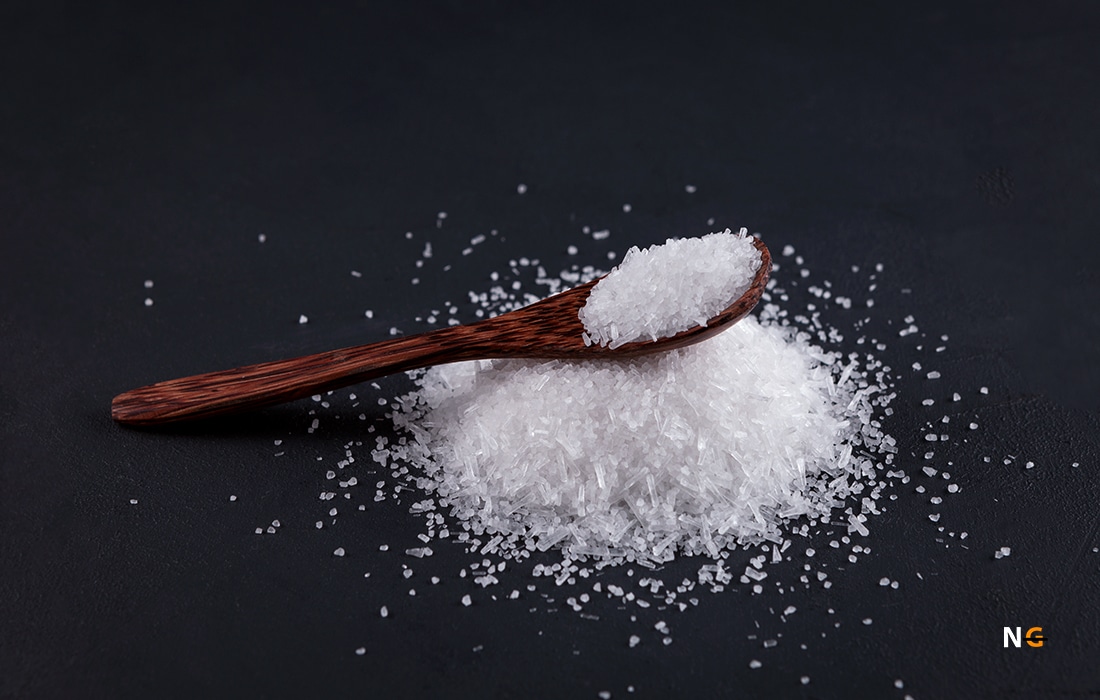
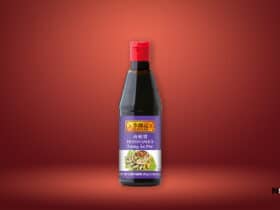
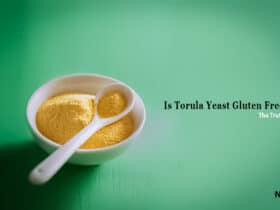
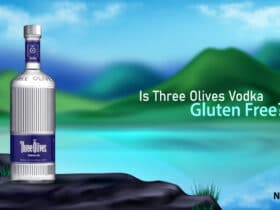
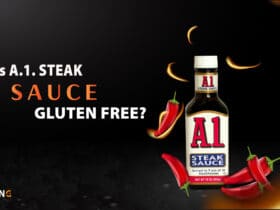
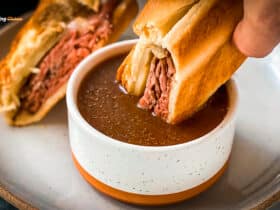
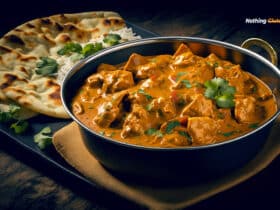
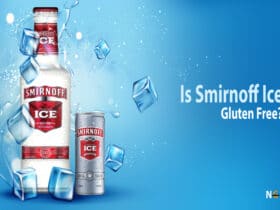
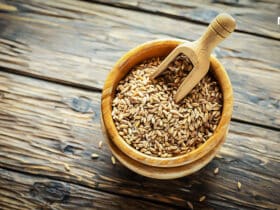
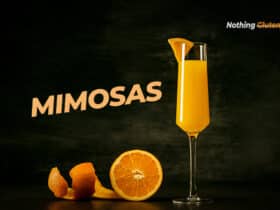

Leave a Reply
View Comments